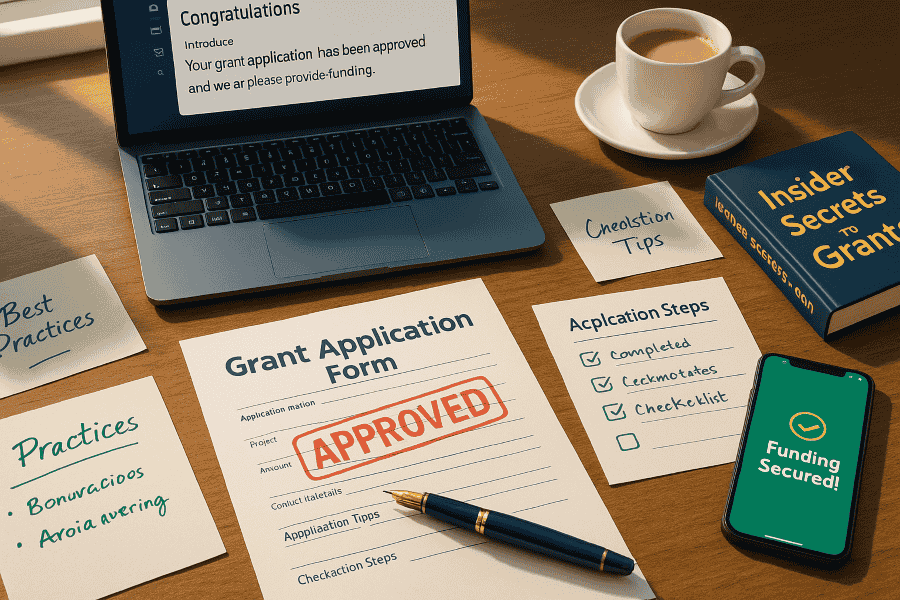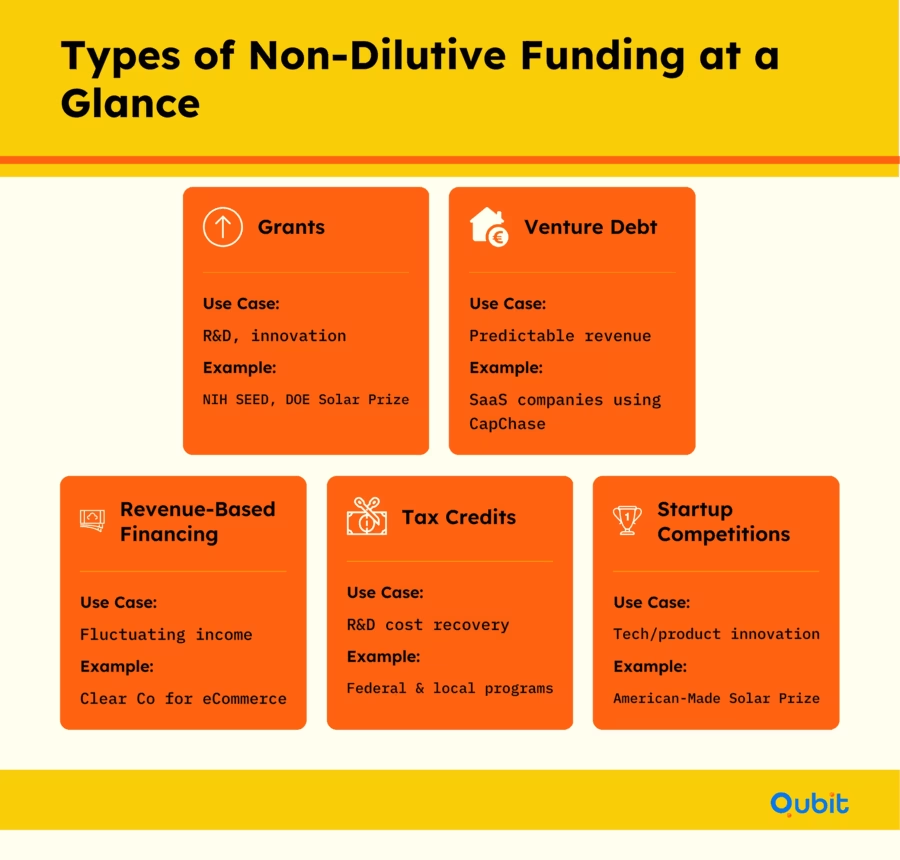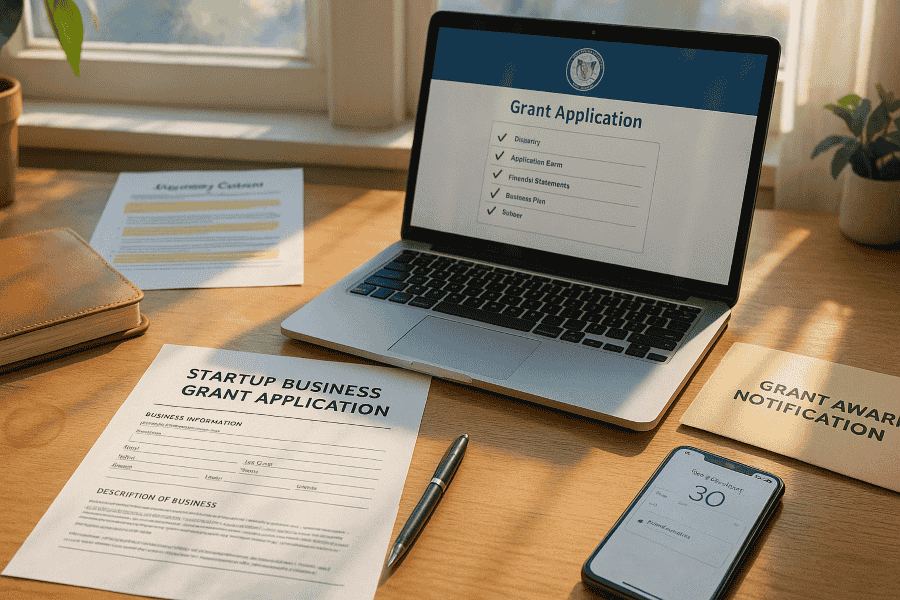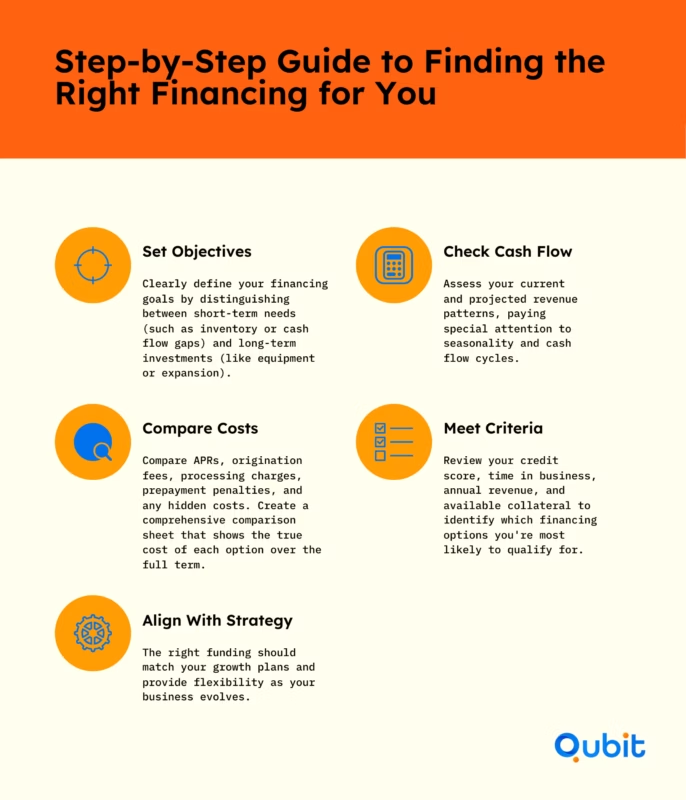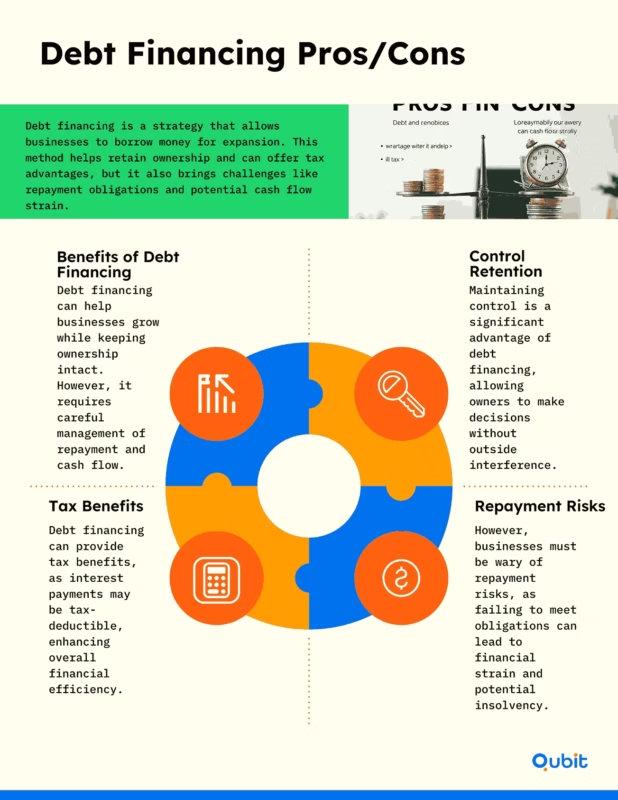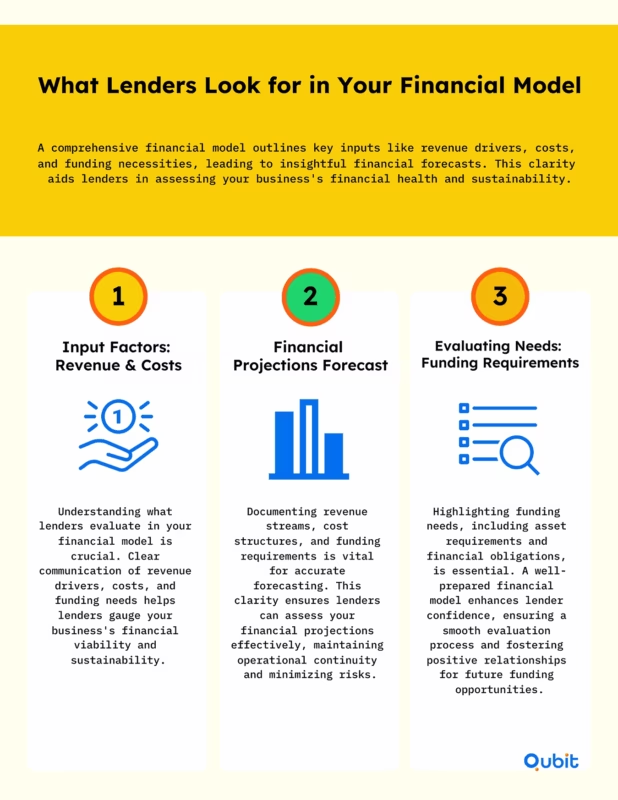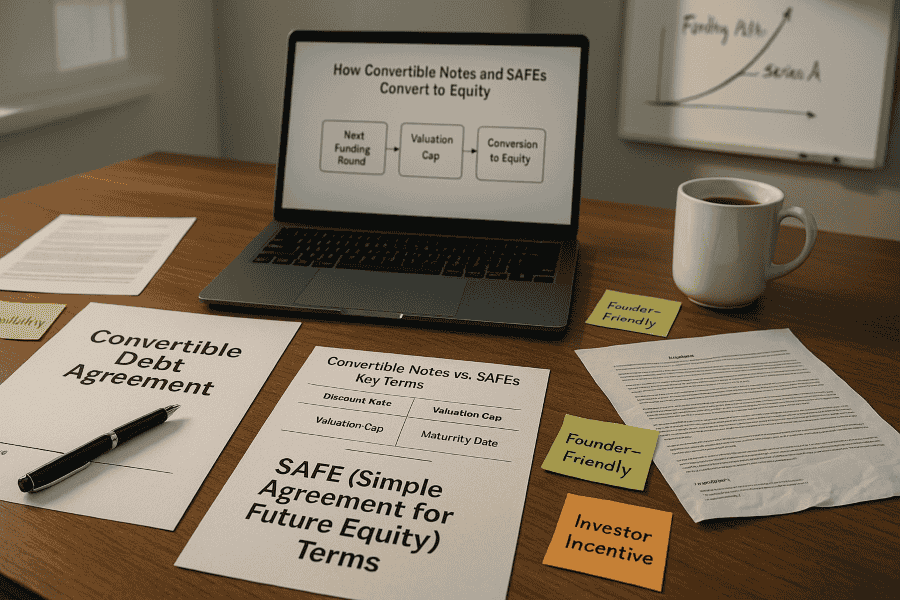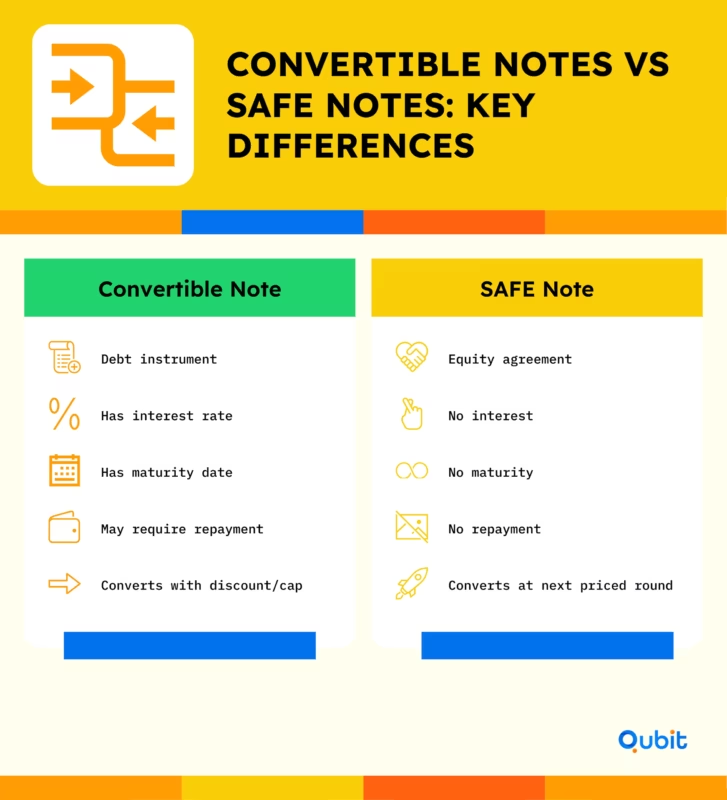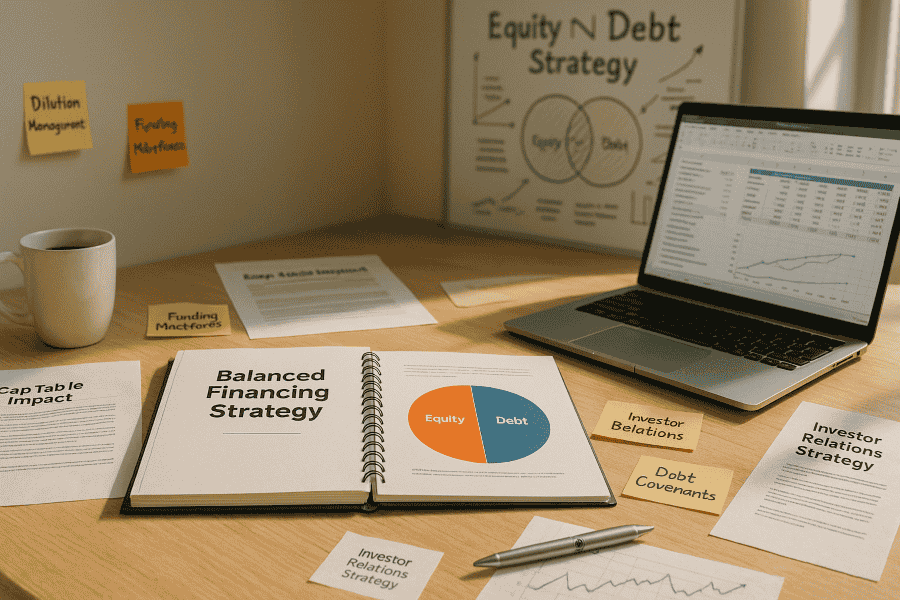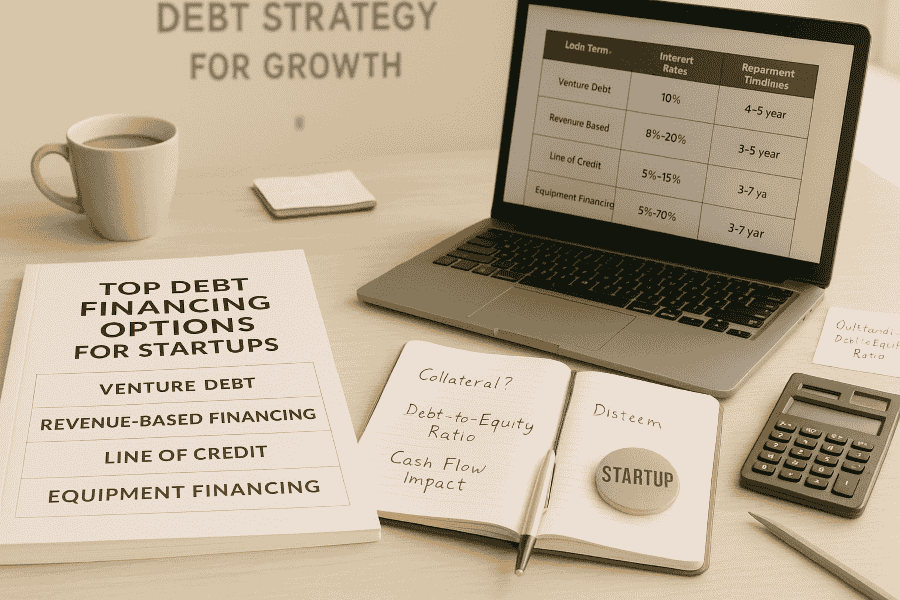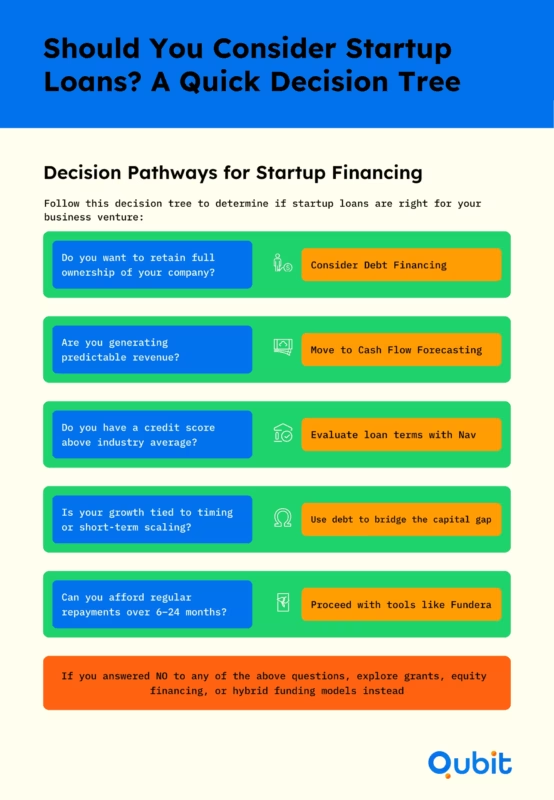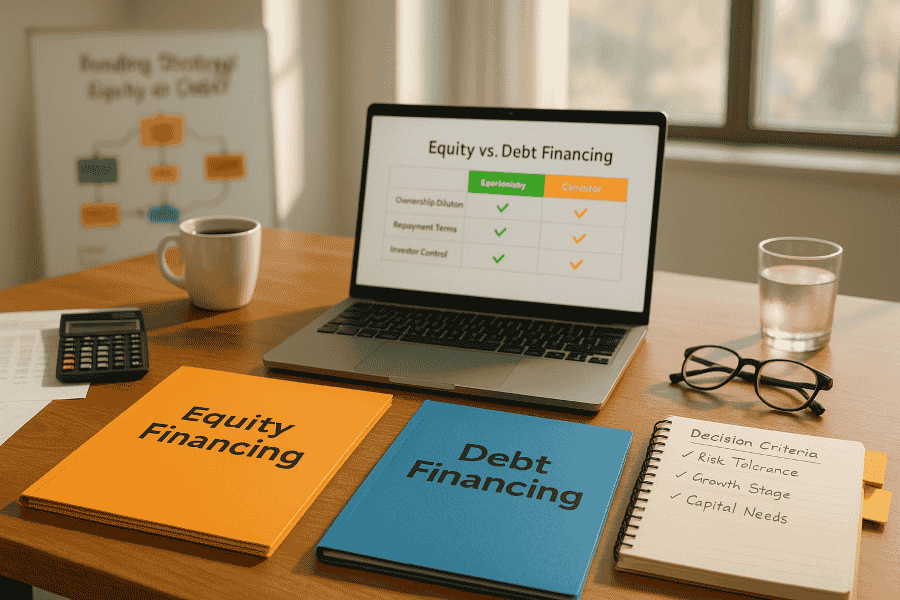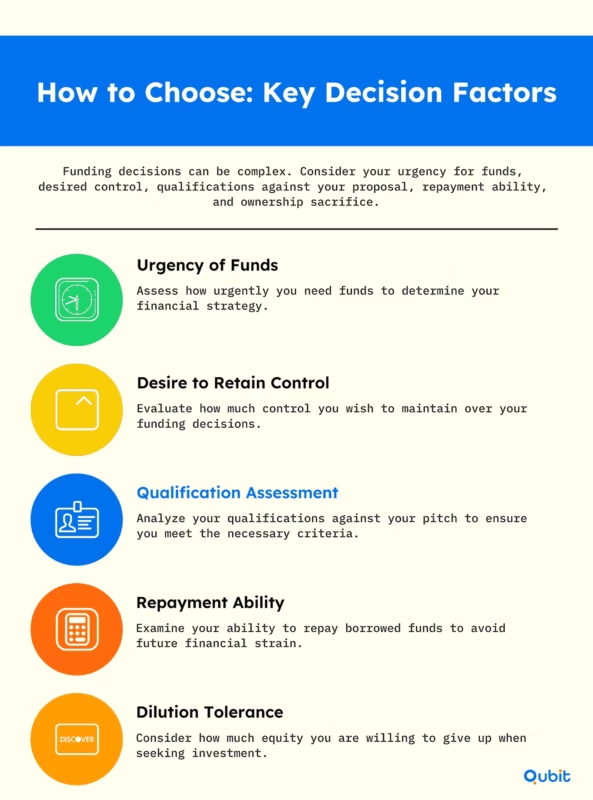Grants can be a lifeline for startups—but getting one often feels like navigating a maze. Between strict requirements and fierce competition, writing a grant application that actually gets noticed takes more than just filling out forms. It’s part strategy, part storytelling—and all about showing why your startup deserves the investment.
To see where grants fit in the bigger picture, it helps to zoom out. Looking at the broader spectrum of types of startup funding can give you the context you need to position your application effectively—especially if you’re leaning toward non-dilutive options that let you grow without giving up equity.
Whether you’re applying for your first grant or trying to sharpen your pitch, this guide is packed with practical tips to help your proposal rise to the top. Let’s dive into the best practices that can turn a solid idea into a funded reality.
Let’s jump right in and uncover the best practices that can turn your grant proposal into a winning one!
How to Follow Grant Guidelines for Success
Grant applications demand precision and adherence to detailed instructions. Funders often provide comprehensive guidelines that act as a blueprint for crafting a winning proposal. By following these instructions meticulously, applicants can avoid disqualification and showcase their professionalism. Attention to detail not only reflects competence but also signals respect for the funder’s requirements. For additional insights, see success tips shared in this LinkedIn post for insider perspectives.
Match Your Startup’s Mission to the Perfect Grant
Finding the right grant starts with understanding your startup’s mission and ensuring it aligns with the grant’s purpose. Not all grants are a fit for every business, so it’s essential to focus on opportunities that naturally complement your goals. Avoid the temptation to reshape your mission just to meet specific grant criteria, as this can dilute your brand’s authenticity. Instead, prioritize grants that resonate with your startup’s scope and objectives.
Write Proposals That Are Clear and Easy to Read
Crafting a grant proposal that resonates with diverse reviewers requires simplicity and precision. Avoid technical jargon and explain your innovations in straightforward terms. This approach ensures that even those without specialized knowledge can grasp the significance of your ideas.
Reviewers often come from varied professional backgrounds, making clarity in communication essential for your proposal’s success. Using plain language not only makes your proposal accessible but also demonstrates your mastery of the subject matter.
Answer Every Proposal Question Thoroughly
Strong grant proposals leave no question unanswered. Reviewers want to see more than a good idea—they’re looking for clear evidence that you understand the problem, know your audience, and have a well-thought-out plan that sets your solution apart. That means backing up your claims with data, addressing potential concerns upfront, and presenting your case with precision and insight.
But even the most thorough proposal won’t land if it’s aimed at the wrong opportunity. Pairing your detailed application with the right funding source is just as critical.
Highlight Your Innovation’s Impact and Growth Potential
Showcase how your innovation addresses pressing challenges while paving the way for scalable success. Whether tackling social, environmental, or health issues, your proposal should demonstrate its ability to meet real-world needs and expand responsibly. Highlight scalability by detailing how your solution adapts to growing demands without compromising sustainability. Additionally, outline a clear pathway to market, ensuring stakeholders understand how your innovation transitions from concept to implementation.
To stand out in a competitive grant environment, emphasize how your innovation aligns with critical reporting obligations.
Prove Your Innovation by Understanding Competitors
A comprehensive competitive analysis is essential to showcase your innovation’s unique advantages. By examining market metrics and conducting intellectual property research, you can clearly define how your proposal stands out. Tools like Google Patents are invaluable for validating intellectual property claims and ensuring your innovation is both credible and protected. Highlighting your strengths through detailed comparisons not only establishes your market position but also builds confidence in your proposal.
For startups seeking non-dilutive capital, government grants for startups aren’t just funding—they’re often a vote of confidence from institutions backing innovation. Finding the right match can be a strategic win for your growth plans.
Show the Progress and Milestones You’ve Achieved
Demonstrating tangible progress is essential to building trust with potential funders. Highlighting key milestones such as patents filed, strategic partnerships, or industry awards can effectively showcase your startup’s growth trajectory. For instance, securing intellectual property rights through patent filings not only protects your innovation but also signals long-term viability. Similarly, forming strategic alliances with established organizations underscores your market relevance and scalability.
Tap Into Expert Advice and Mentorship
Seeking guidance from seasoned professionals can transform your application into a standout submission. Experienced mentors, faculty members, and grant reviewers offer invaluable insights that align your proposal with industry expectations. Their feedback not only refines your content but also ensures clarity and precision.
Additionally, external proofreading enhances the overall quality, while strong letters of reference add credibility to your application. These endorsements demonstrate your alignment with expert standards and can significantly boost your chances of success.
Engaging with support networks is more than a strategy—it’s a way to ensure your application resonates with decision-makers and stands out from the competition.
Highlight Your Team’s Strengths and the Proposal’s Importance
A team’s dedication and expertise often determine the success of a project. Demonstrating passion, motivation, and relevant skills can significantly enhance your proposal’s appeal to funders. For instance, showcasing a 90% win rate for grant applications emphasizes your team’s ability to secure funding when submitting multiple proposals. Additionally, certifications such as an ISO Certification provide concrete evidence of operational excellence and compliance, reinforcing your organization’s credibility.
By combining measurable achievements with industry-recognized qualifications, you not only highlight your team’s strengths but also underscore the critical importance of your proposal. This approach builds trust and positions your team as the ideal choice for executing the project.
Follow These Steps to Build a Strong Grant Proposal
Crafting a compelling grant proposal requires a systematic approach to ensure every detail is addressed. Begin with a concise cover letter that introduces your organization and outlines the project’s purpose. Follow this with a well-structured introduction that highlights the problem your project aims to solve.
Next, provide a detailed project description, including objectives, methodologies, and expected outcomes. Incorporate a clear timeline to demonstrate feasibility. Finally, present a comprehensive budget that aligns with the project goals and justifies the requested funding.
For official guidelines on applying for federal grants, visit Gov Grants. This resource offers valuable insights into the application process, ensuring your proposal meets all requirements. A methodical approach keeps your proposal engaging and funder-focused.
Why Grant Funding Matters for Your Project
Securing grant funding can be a game-changer for your project’s growth and impact. It provides the financial resources needed to scale operations, innovate, and reach broader audiences. Diversifying funding sources, such as applying to multiple grants, not only mitigates financial risk but also fosters creativity and resilience in your project’s development.
Statistics reveal that approximately 40% of Fortune 500 companies offer volunteer grant programs, emphasizing the importance of corporate philanthropy in funding initiatives. Additionally, insights from Fortune Stats highlight trends in corporate giving, showcasing how strategic grant applications can align with broader philanthropic goals.
Prepare Well Before Writing Your Proposal
A well-prepared proposal begins with strategic planning. Allocate sufficient time to outline your objectives, ensuring every detail aligns with your goals. Prioritize budgeting to maintain financial clarity and assess potential risks that could impact your project. Incorporating technology tools, such as project management software or budgeting apps, can simplify complex tasks and enhance efficiency. By focusing on these actionable steps, you create a solid foundation for a compelling proposal that resonates with stakeholders and drives success.
Write a Grant Proposal That Stands Out
Crafting a grant proposal that grabs attention requires a blend of storytelling and strategic communication. Begin with an engaging narrative that outlines your project’s purpose and vision. Funders are drawn to proposals that clearly articulate the “why” behind the initiative, so make your opening compelling and concise.
Persuasive language plays a pivotal role in showcasing the impact of your project. Highlight measurable outcomes and demonstrate how your work aligns with the grant provider’s priorities. For instance, if the funder emphasizes community development, emphasize how your project will foster tangible improvements in that area.
A well-structured proposal is equally important. Break your content into clear sections, such as objectives, methodology, budget, and expected results. This organization not only makes your proposal easier to read but also ensures that funders can quickly locate the information they value most.
Finally, tailor your proposal to the specific priorities of the grant provider. Research their mission, past funding decisions, and stated goals to ensure your project aligns seamlessly with their vision. Personalizing your proposal demonstrates that you’ve taken the time to understand their objectives, which can significantly increase your chances of success.

Crafting a winning grant proposal can feel overwhelming, but the 5 Rs framework simplifies the process into actionable steps. This proven methodology—Read, Research, Reflect, Write, Revise—guides you through an iterative approach to refine your proposal until it aligns perfectly with funder expectations. Each step builds upon the last, ensuring your proposal is polished and compelling.
By breaking the grant writing process into manageable phases, the 5 Rs of Grant Writing help you focus on continuous improvement. Whether you’re new to grant writing or a seasoned professional, this framework ensures every detail adds value to your submission.
Use Proposal Software to Save Time and Improve Results
Modern proposal software has revolutionized the way businesses create and manage proposals. Tools like PandaDoc automate repetitive tasks, reducing manual errors and ensuring document consistency. This not only saves time but also enhances the overall quality of proposals.
For instance, ChiliPiper experienced a 28% increase in their close rate after adopting PandaDoc, showcasing the tangible benefits of streamlined processes. Automation also accelerates turnaround times, allowing teams to focus on crafting compelling content rather than formatting. Case studies consistently highlight the significant ROI achieved through advanced software solutions, making them an essential investment for organizations aiming to improve efficiency and results.
Conclusion
Crafting a compelling proposal requires a blend of strategic storytelling and robust data analysis. Throughout this blog, we’ve explored actionable strategies to ensure your proposal stands out, from structuring a clear narrative to backing your claims with relevant metrics. These elements are not just helpful—they’re essential for building trust and showcasing your vision effectively.
A well-crafted proposal is more than a document; it’s a tool to inspire confidence and drive decision-making. By focusing on clarity, relevance, and a data-driven approach, you can create proposals that resonate deeply with stakeholders.
If you’re ready to elevate your fundraising efforts, we’re here to help. Explore our fundraising assistance services to gain expert guidance tailored to your needs. Let’s work together to turn your vision into reality.
Key Takeaways
Align your startup’s mission with grants that fit your natural objectives.
Follow funder guidelines meticulously to avoid disqualification.
Use plain language and clear data to enhance your proposal’s clarity and impact.
Showcase tangible traction through milestones, partnerships, and certifications.
Integrate expert feedback and thorough competitive analysis for a compelling application.




